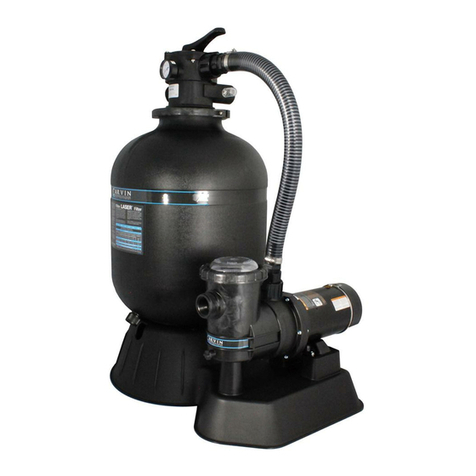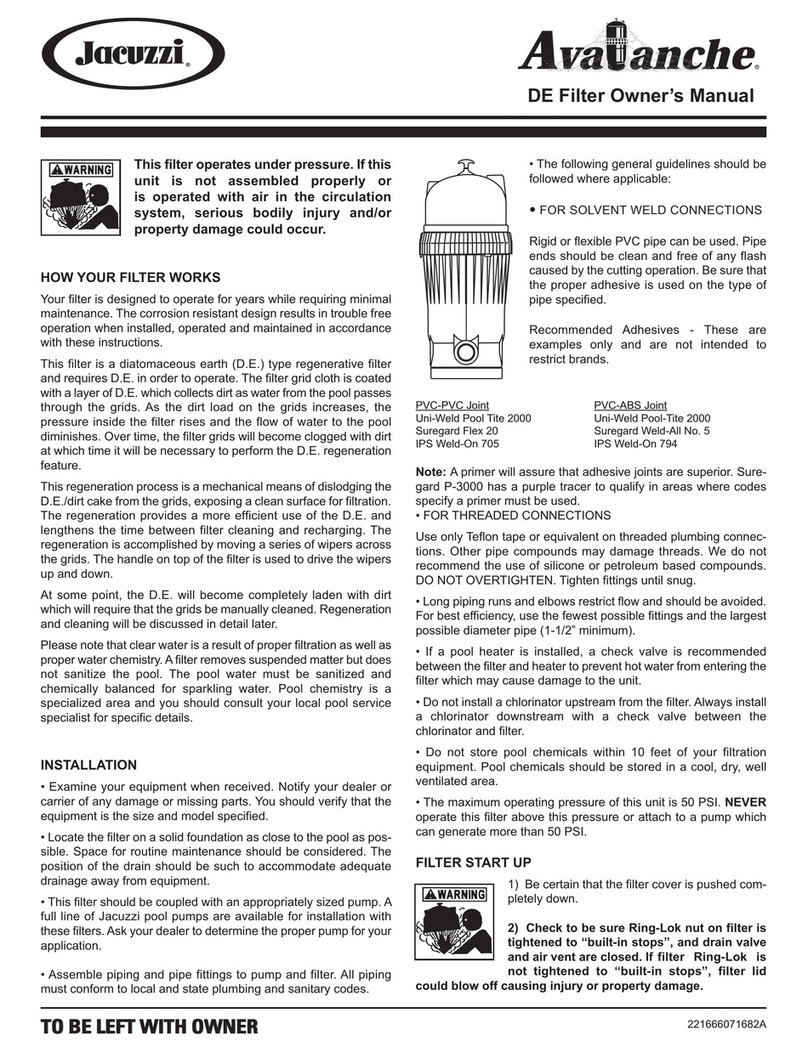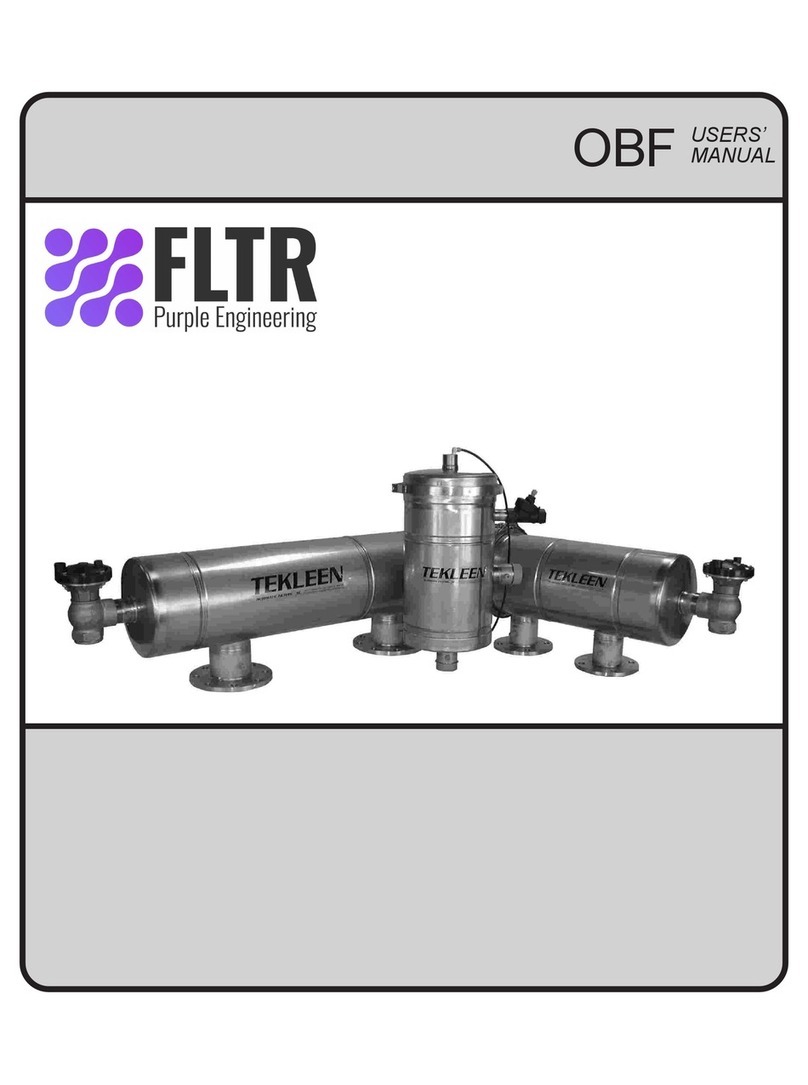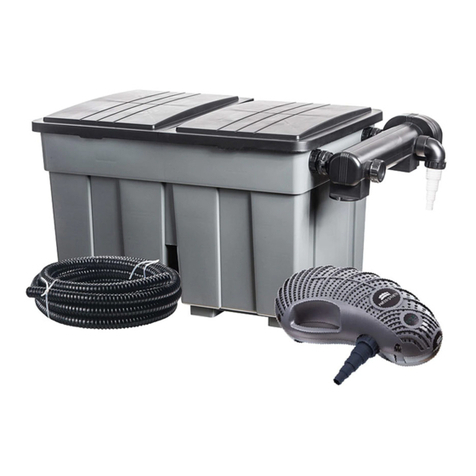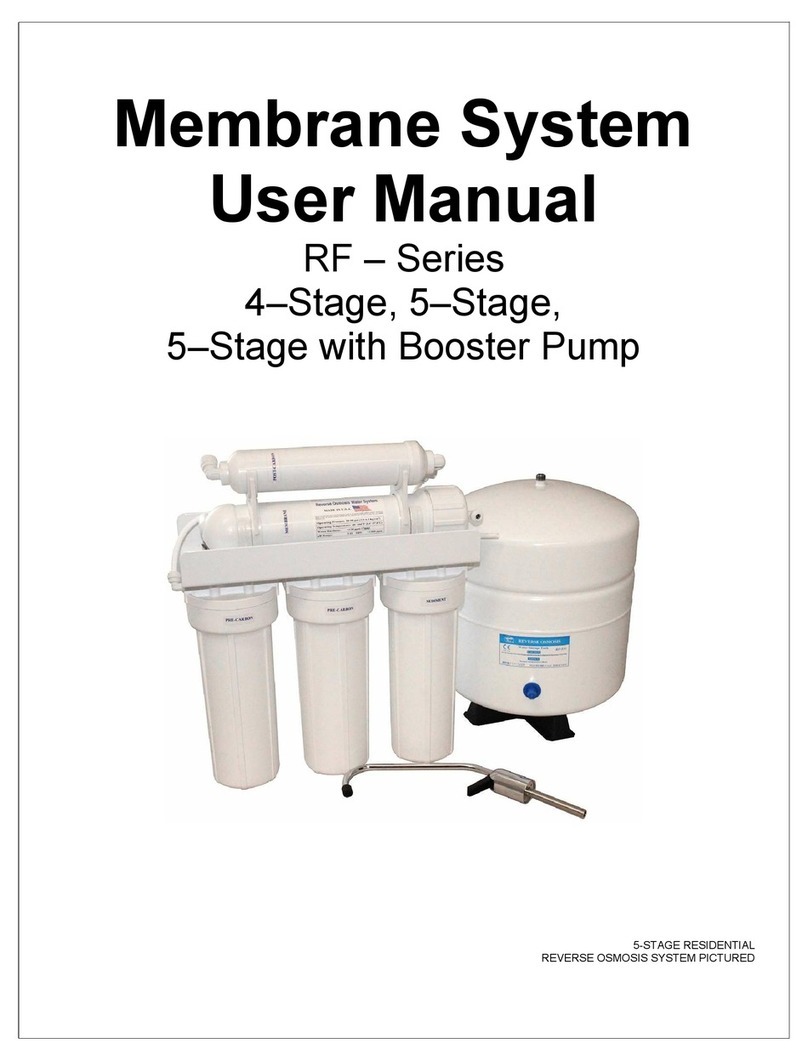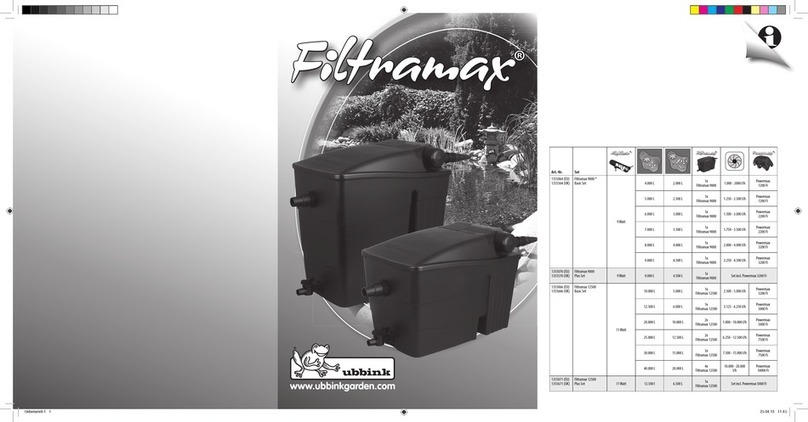
READ AND FOLLOW SAFETY
INSTRUCTIONS
This is the Safety Alert Symbol.
When you see this symbol on your
lter or in this manual, look for one of the
following signal words and be alert to the
potential for personal injury!
warns about the hazard that will cause death,
serious injury or major property damage if ignored.
warns about hazards that can cause death, serious
injury or major property damage if ignored.
warns about hazards that can or will cause death,
serious injury or major property damage if ignored.
NOTICE: indicates special instructions not related to hazards.
Carefully read and follow all safety
instructions in this manual and on
equipment. Keep safety labels in good condition; replace if
missing or damaged.
Hazardous Pressure.
Incorrectly installed or tested equipment
may explode, causing severe injury or
property damage. Read and follow instructions in Owner’s
Manual when installing and operating equipment. Have a trained pool
professional perform all pressure tests.
Do not connect filter to compressed air under any circumstances.
Do not connect system to a city water system or other external
source of pressurized water.
Do not connect filter to pumps capable of exceeding 50 PSI (345
kPa) maximum pressure.
Open air release valve to vent all air from system before operating
the system.
Risk of falls and injury. Filter surface is slippery.
Do not allow children to stand or play on filter.
GENERAL INFORMATION
WHEN TO CLEAN THE FILTER:
The filter cartridge should normally be cleaned when the pressure
gauge reading increases 10 PSI over the start-up pressure.
In some pools, accessories such as fountains or pool cleaners may be
noticeably affected by the normal decrease in flow as the filter becomes
dirty. If so, clean the filter more frequently (that is, at a pressure
increase of less than 10 PSI) in order to maintain the required flow.
Clean a new pool as well as possible before filling pool and operating
filter.
A typical pool installation will require approximately one week to obtain
and maintain the sparkle that your filter is capable of giving you.
Maximum pressure is 50 PSI (345 kPa). DO NOT connect the filter to a
city water system or to an individual water well system.
The Jacuzzi®Cartridge Filter is designed to filter water for swimming
pools and hot tubs only. On a new installation, we recommend:
1. Disassemble the filter after the initial cleanup. Follow
“Filter Disassembly/Assembly Procedure”on page 5.
2. Remove and hose down the cartridge to remove contaminant.
Maintain pool water pH between 7.2 and 7.6.
Make sure that the Pro-Clean Ring is securely locked in place before
operating filter.
Maintain the pressure gauge in good working order.
Replace a damaged gauge immediately.
Cleaning interval is based on pressure rise, not on the length of time the
filter is operated. Different water conditions will have different normal
cleaning intervals
NOTICE: Some pool disinfectants may clog the filter cartridge.
To maximize cartridge life and filter cycle time, closely follow the
disinfectant manufacturer’s instructions when cleaning pool or filter.
Failure to follow these instructions may affect warranty coverage of the
cartridge.
3






